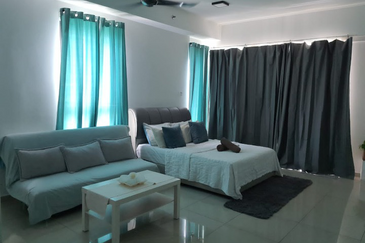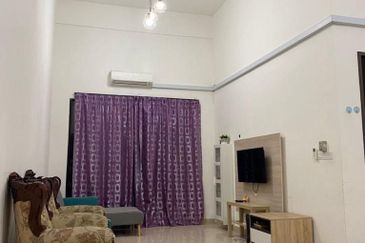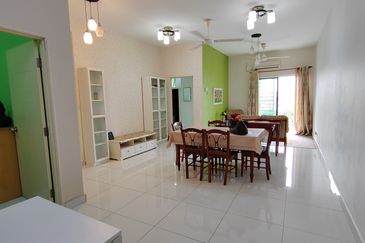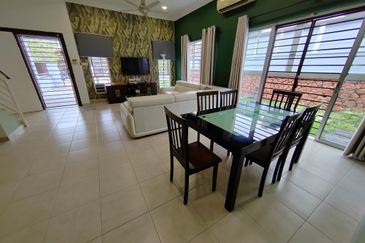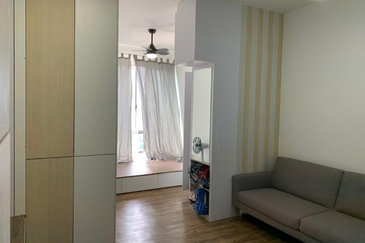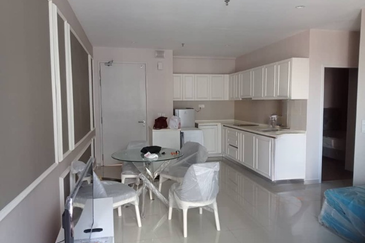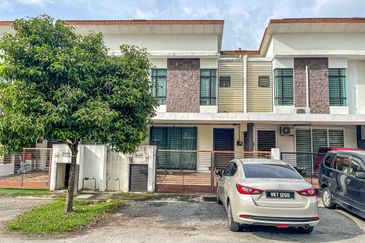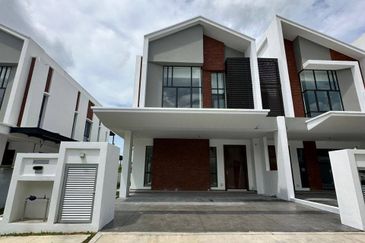 STRATA living is synonymous with service charge collection, but many homeowners are reluctant or even refuse to pay their service charges. The simple argument often given is — if they are not happy with the maintenance of a building or its management, they would not need to pay. Now, that’s a myth!
STRATA living is synonymous with service charge collection, but many homeowners are reluctant or even refuse to pay their service charges. The simple argument often given is — if they are not happy with the maintenance of a building or its management, they would not need to pay. Now, that’s a myth!
“If the management is not performing, it is NOT a valid excuse for you to not pay service charges! Just like a shareholder in a company, your [Joint Management Body or Management Corporation] committee is like the directors that you have appointed to the board.
“If you have any issue, bring the matter to the committee or if it comes to a certain point, change the property management company that you’re hiring,” said managing partner of Chur Associates Chris Tan.
Tan was speaking at the TheEdgeProperty.com Symposium on Property Management 2017 on April 8 in his session titled “Common myths about communal living: what’s legal and what’s not!”.
With strata living becoming a way of life, strata homeowners will need to step up their participation in their property management council.
“In the past, property management was done in the form of ‘Rukun Tetangga’, which is a voluntary communal living model, while the contemporary communal living is ‘Rukun Tetangga’ with a contract, because it is a voluntary act, legally binding and even statutory regulated.
“In communal living, the key [to better property management] is very simple. Participation is the key. The more you participate, the more you can ensure the management is doing their job well.
“Just like a listed company, when the company is managed well, the share prices will go up. So the power is in your hands, really!” he said.
Your home, your castle?
Does communal living only apply to strata buildings? Not really. According to Tan, besides strata development communal living, which is not only voluntary but also bounded by laws and even statutory regulated, and is run by the developer, Joint Management Body (JMB) or Management Corporation (MC), communal living also comprises voluntary gated-and-guarded communities as well.
“Another myth would be: do strata developments refer to only high-rise buildings? The answer is no, because strata developments include landed strata as well. Therefore, strata developments include high-rise buildings, land parcels with buildings, and a mixture of land parcels and high-rise buildings.
“Strata developments can also have a single or multiple usage, with common property to be enjoyed by owners. They are all under a single underlying title,” he said.
Residents’ Association ≠ MC/JMB
According to Tan, a Residents’ Association (RA) is different from an MC or JMB.
“The RA is like the opposition party while the JMB or MC is the governing party. The RA is established under the residents’ initiative and governed by the Societies Act and respective local council regulations,” he said, likening them to political parties.
“The establishment of the JMB and MC, however, is a statutory requirement under the Strata Management Act 2013,” he added.
Tan stressed that the JMB/MC shall only act within the powers granted by the members as decided in the AGM. In other words, abusing the power given will land the person in jail.
“With great power comes great responsibility. This also means that service charges collected are not allowed to be used for just about everything and anything,” he said.
Citing the Strata Management Act 2013, Tan said only 14 things can be done using the service charge collection. Among them are cleaning and security services for the common property, insurance premium, minor painting tasks and facilities inspection.
What about the difference between the Commissioner of Buildings (COB) and the Strata Management Tribunal (SMT)?
Tan noted that the COB is attached to the respective local authority and its role is to administer and carry out the Strata Management Act 2013.
“Meanwhile, the SMT is meant to settle disputes in relation to issues of strata management in a more expedient manner with minimal costs. In other words, COB is the police and SMT is the court,” he said.
Can you keep pets in your stratified home?
Last but not least, there is a myth that one cannot keep pets in a strata development. However, to many strata homeowners’ delight, Tan said one can in fact keep pets in their properties depending on several factors.
For one, local authorities have a say as well, hence some strata homeowners may need to apply for a licence in order to keep their pets in a high-rise or strata development. So it is important that strata homeowners check with the relevant local authorities if such a licence is necessary, noted Tan.
Secondly, “we can keep pets in the development if the majority of owners agree to it, provided that your pet does not cause nuisance to your neighbours,” Tan said, citing Sub Paragraph 14(1) in the 3rd Schedule to the Strata Management (Maintenance and Management) Regulations 2015.
Themed “Is your investment a time bomb?” the symposium was organised by TheEdgeProperty.com with partners Nippon Paint Malaysia and Panasonic Malaysia. It was supported by The Edge Malaysia while the supporting sponsor was Gamuda Land.
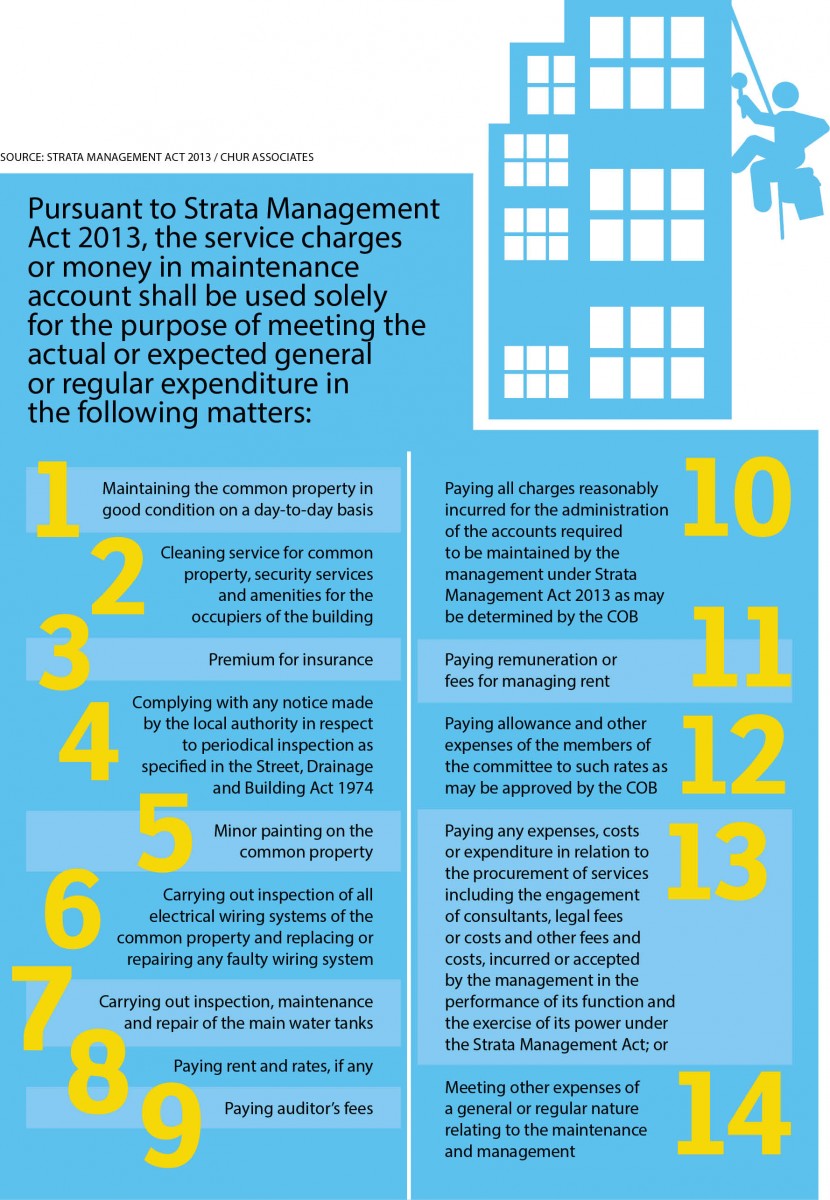
This story first appeared in TheEdgeProperty.com pullout on April 14, 2017. Download TheEdgeProperty.com pullout here for free.
TOP PICKS BY EDGEPROP

Pangsapuri Semarak
Setia Alam/Alam Nusantara, Selangor

Taman Perindustrian Desa Cemerlang
Ulu Tiram, Johor



